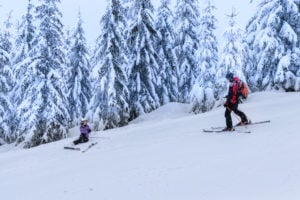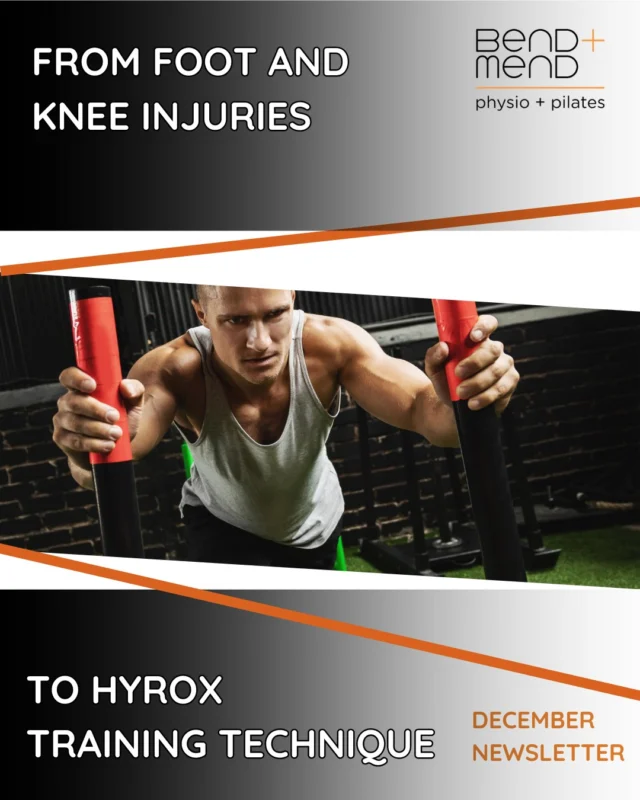There are really only three things to learn in skiing: how to put on your skis, how to slide downhill, and how to walk along the hospital corridor. ~Lord Mancroft, A Chinaman in the Bath, 1974
In my previous blog, I introduced some exercises to get you ready for the upcoming snow season, to help develop those quads of steel necessary for optimal snow play! Today, I want to talk about the most common skiing and snowboarding injuries and the role of protective gear.
Skiing Injuries
Knee – 45% of skiing injuries occur at the knee. It is very common to tear the Medial Collateral Ligament (MCL), which sits on the inside of the knee and prevents the lower leg from moving out to the side excessively. The Anterior Cruciate Ligament (ACL) is also commonly injured, which normally acts to prevent forward movement of the lower leg on the thigh. These injuries are most frequent in beginner skiers and will often occur with a slow fall in a snow plough position. The cartilage pads in the knee (each called a meniscus) act as shock absorbers, and are another frequent injury site. This usually happens when you have a twisting fall with the knee in a bent position. Meniscus injuries can happen simultaneously with a torn ACL and/or MCL.
Thumb – ‘Skier’s Thumb’ is the second most common skiing injury. This occurs with a fall onto the outstretched palm while still holding the ski pole. The thumb is pulled outwards and the joint at its base (metacarpophalangeal joint) is hyper-extended, tearing or rupturing the ulnar collateral ligament of the thumb.
Snowboarding Injuries
As a snowboarder’s feet are strapped into the bindings, there is less rotational forces occurring at the knees, so most injuries occur in the upper body. One exception to this is when you have a foot purposefully unbound to “skate” somewhere, eg. onto a lift. This is a particularly dangerous situation, as the bound leg is rotated from the direction the board is going, hence, knee injuries can be common in this instance (see above).
Wrist – A fall on an outstretched arm can cause a Colle’s fracture (of the radius forearm bone), a scaphoid fracture (a bone at the base of your thumb), or a wrist ligament strain/tear.
Shoulder – Rotator cuff injuries and shoulder dislocations are common in snowboarders. They often occur when the arm is forcefully pulled backwards during an awkward landing. The acromioclavicular (AC) joint can also get sprained or become separated with the AC ligament damaged.
Injury Prevention
Pre-season training is very important for general strength, balance and conditioning to help prevent injury. Also, learning to fall correctly and not onto an outstretched arm or with too much knee twisting will benefit you.
It is important to ensure you have the correct gear setup, in particular the DIN setting on your bindings. If you’re a beginner and the DIN setting is too high, you’re much more likely to sustain a knee injury when you fall as your boots won’t pop out of your bindings.
Protective gear such as a helmet, wrist guards, tailbone padding and knee guards for snowboarders can help prevent injury.
Here’s hoping for lots of snow, and an injury free season! I’ll leave you with a little film which I hope will inspire all.






